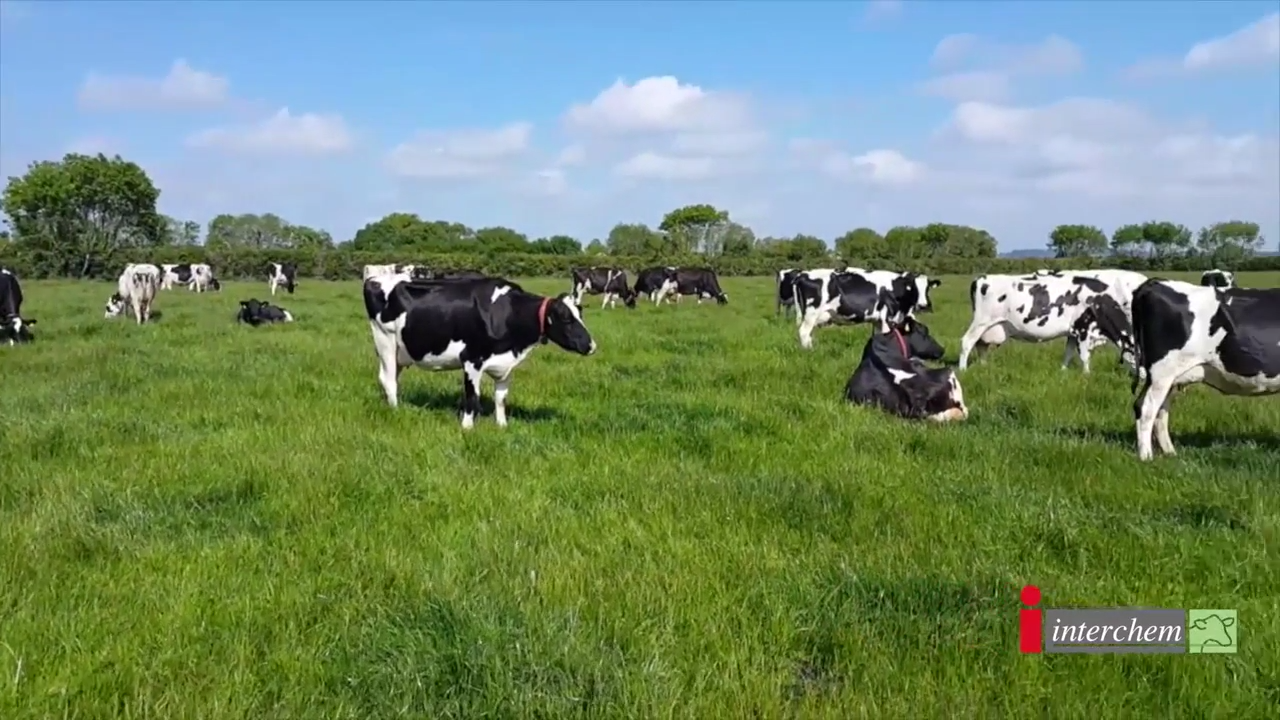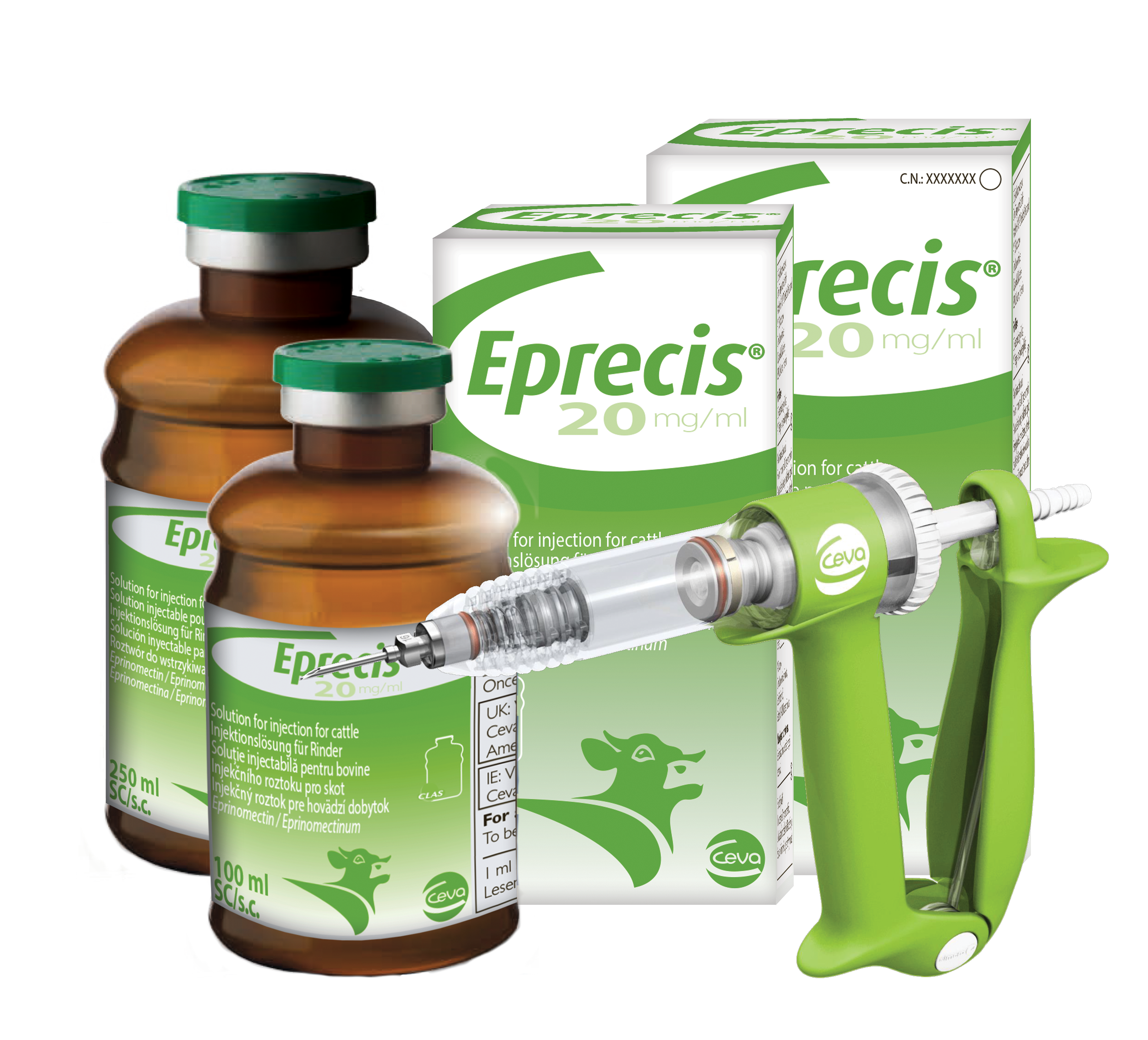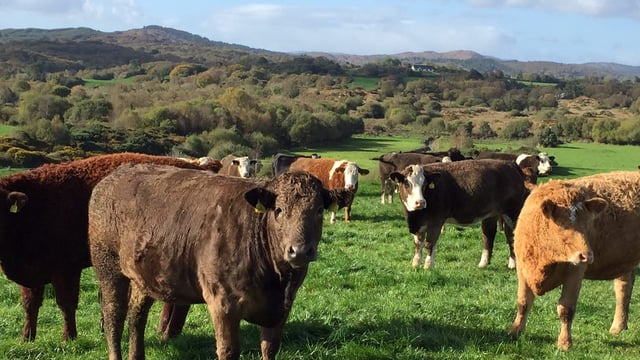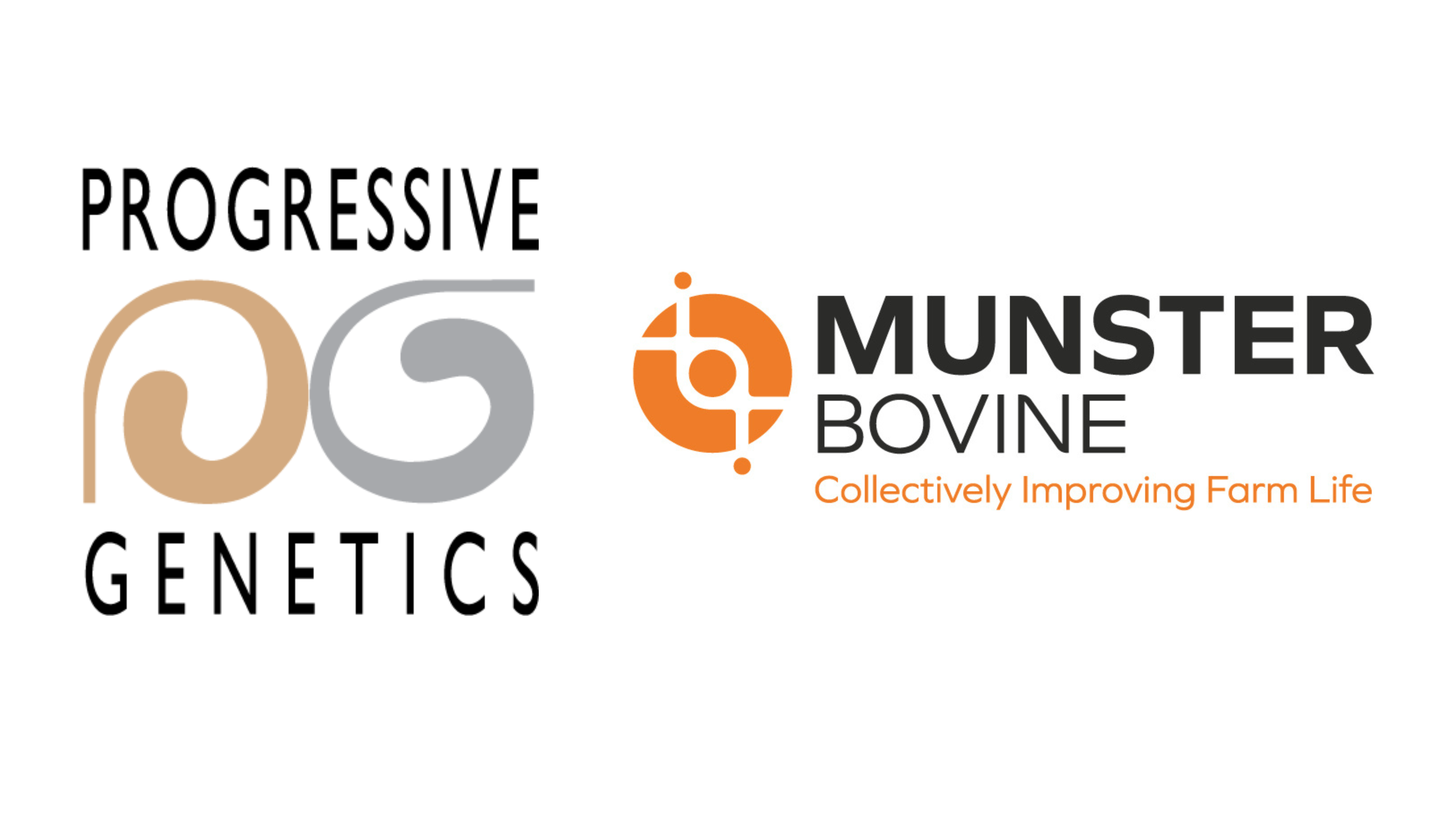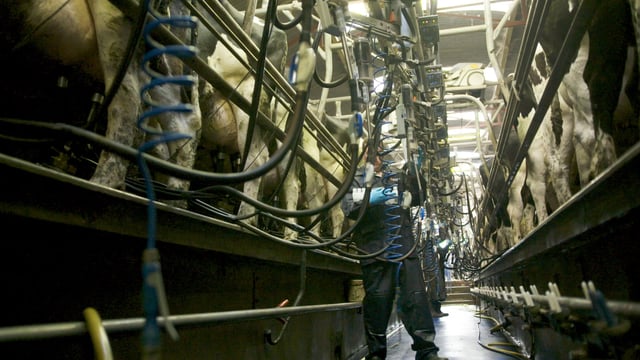Sponsored Article

Sponsored Article
Advantages of injectable wormers over pour-on wormers
Sponsored Article

Pour-on wormers are commonly used in Ireland, and many farmers may be unaware of the advantages of an injectable wormer over a pour-on.
With many farmers now looking at dosing options, it’s important to consider variability in drug exposure, drug bioavailability, and sustainable use of wormers to prevent drug resistance.
Eprecis (Eprinomectin 2%) is only injectable endectocide for the treatment of common internal and external parasites in cattle, sheep and goats with zero milk withdrawal.
Consider the following seven points.
Cows lick each other as a natural part of their behaviour. Studies have shown that licking following pour-on application of wormers in cows housed in the same paddock will result in variable drug doses found in the blood of treated animals and variable blood levels and efficacy of drugs in untreated animals.
This variability in drug exposure poses the risk of potential underdosing due to product being licked off or a dirty coat.
In summary, licking can result in:
Injectable wormers, like Eprecis, are not impacted by the licking or coat condition. When giving an injection under the skin, you are administering a precise dose that will not vary or leave any concerns about suboptimal dosing or treatment. Additionally, individual animals can be treated and targeted without exposure of others within the group.
Bioavailability is the amount of the drug administered entering the blood stream to then become active against the parasite.
Eprecis injectable wormer has been shown to reach higher peak concentrations of eprinomectin in the blood following treatment, and this peak concentration is reached faster than with a pour-on eprinomectin.
More of the active ingredient, eprinomectin, reaches the blood through an injection. This means the amount of drug in pour-on doses is greater than with injectable Eprecis to achieve efficacy. Less product is wasted during Eprecis treatment, which should result in a reduced environmental impact.
The European Medicines Agency (EMA/CVMP/EWP/573536/2013) cites that “pour-on formulations pose a particular risk” in the selection of resistance. Due to the substantial dosing variation and risk of suboptimal treatment due to grooming and a dirty coat, worms could possibly receive a lower dose of the drug than the recommended amount. This lower dose may not be enough to kill the worm, exposing it to the drug but surviving and potentially developing resistance.
New legislation and recommendations are aimed to target treatment in the best possible way to reduce unnecessary exposure and effectively treat with therapeutic, recommended doses (not underdose) thus limiting the risk of resistance.
Used optimally with veterinary and advisor guidance, Eprecis injectable eprinomectin can be part of a responsible parasite management program to help slow wormer resistance.
Eprecis won an innovation award at the National Millstreet Dairy Show in 2016. This award recognises a new product which has revolutionised an aspect of dairy farming.
Co. Mayo farmer Ronan Joyce milks 125 Jersey cross cows and uses Eprecis due to it’s reliability, exact amount and that it can be administered in any weather.
The zero-milk withdrawal is a huge benefit to Ronan, as not withholding milk is worth between €8-9/cow/day.
Eprecis (Eprinomectin 2%) is the only injectable endectocide for the treatment of common internal and external parasites in cattle, sheep, and goats with zero milk withdrawal.
Have confidence in your wormer with a precise, injectable treatment that is not impacted by licking or coat debris known to cause variability in drug exposure, has higher drug bioavailability, and is in line with responsible use guidelines to slow drug resistance.
Eprecis is available in 50ml, 100ml and 250ml bottles.
Click here for more information on Eprecis.
References available upon request.
Sponsored Article


